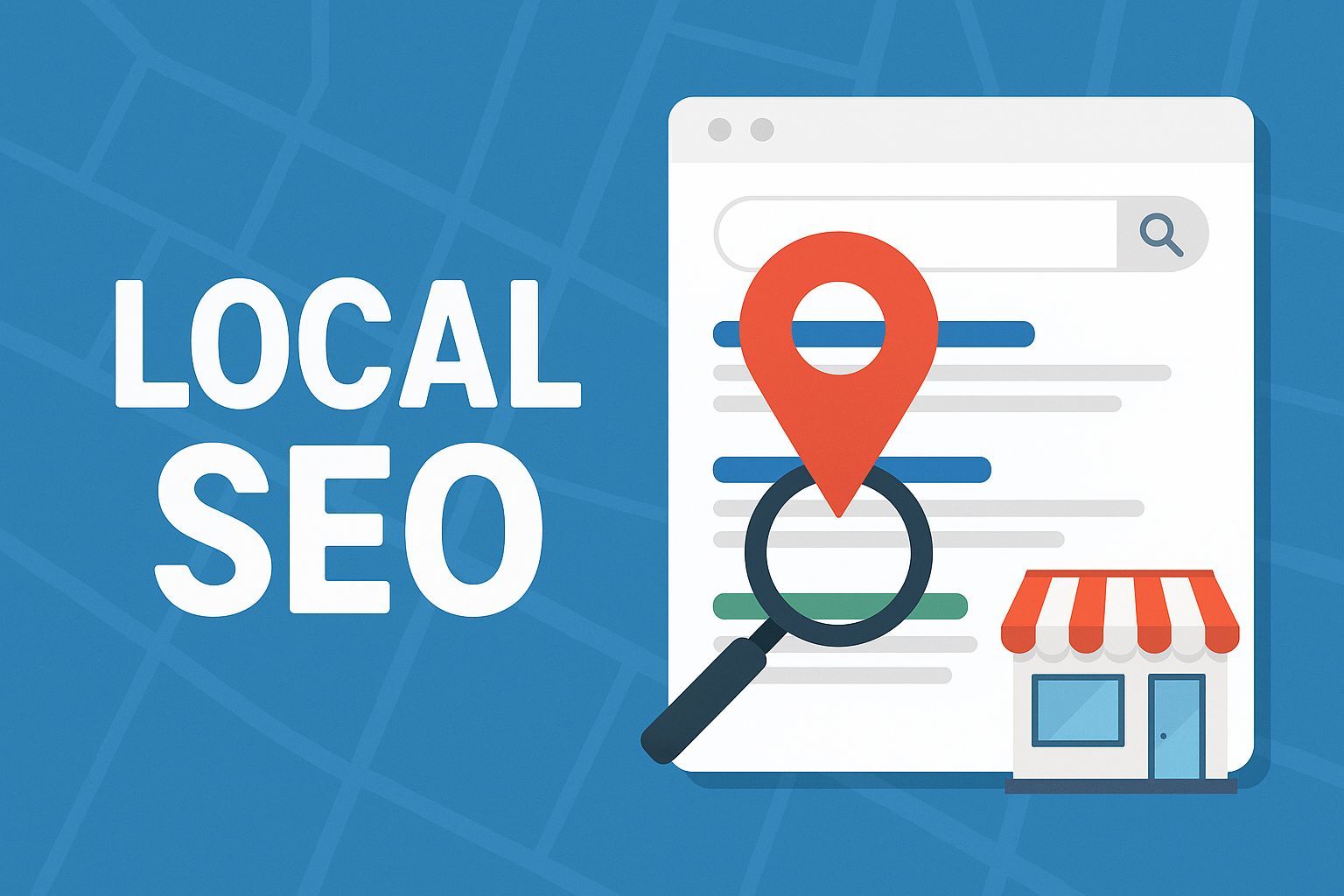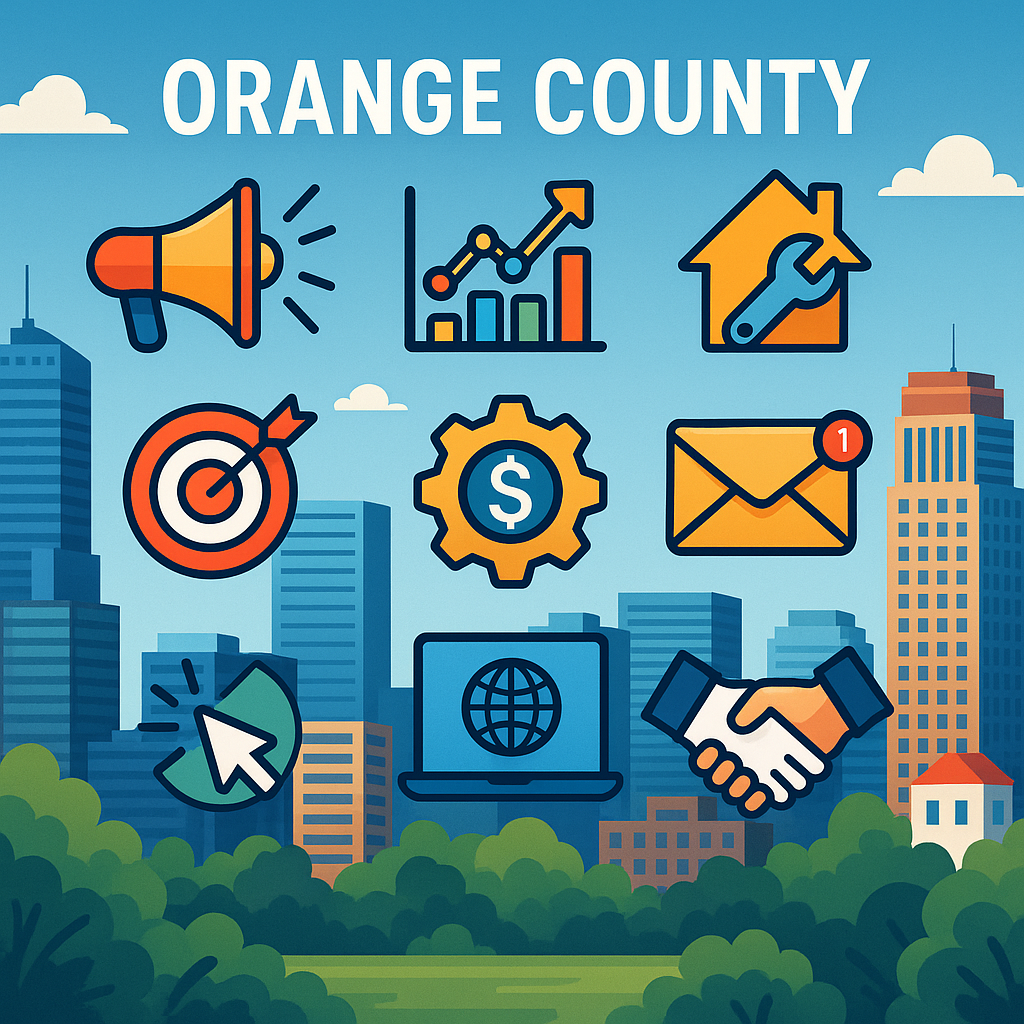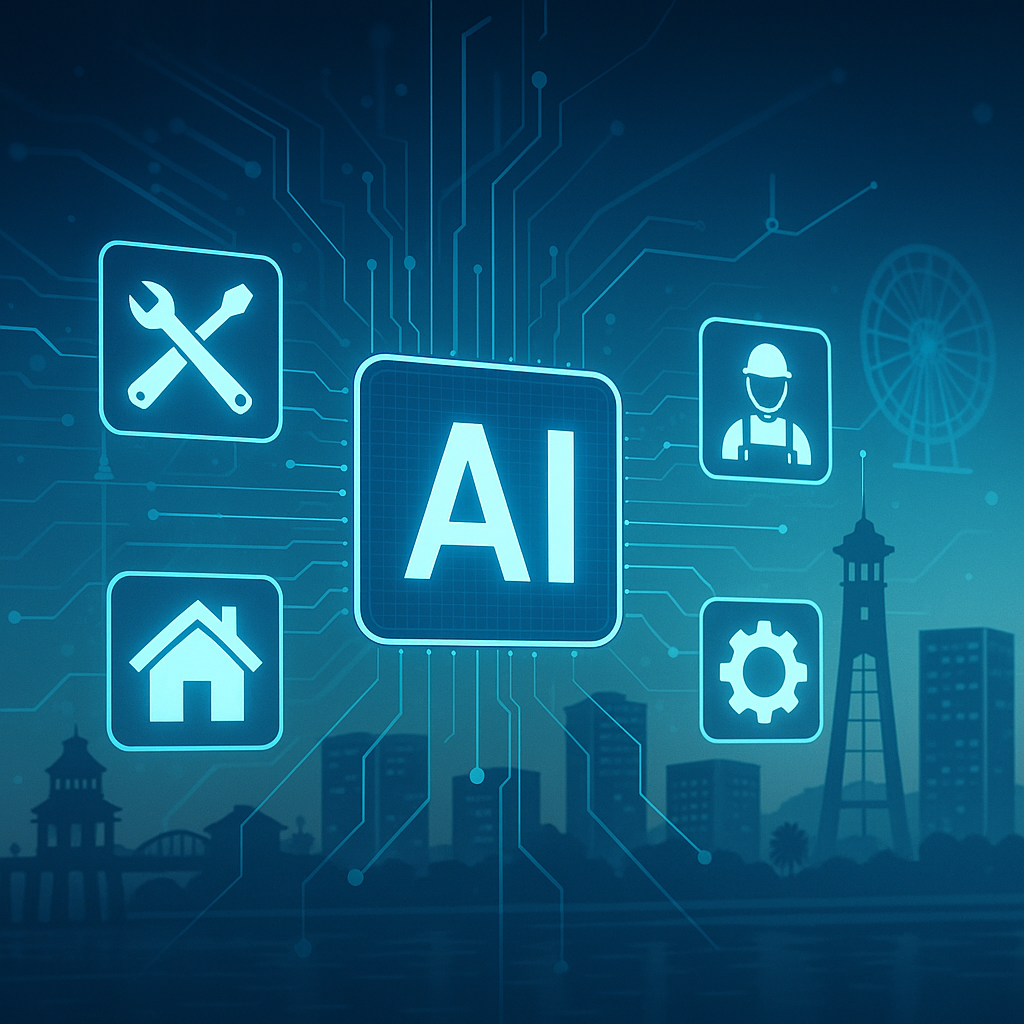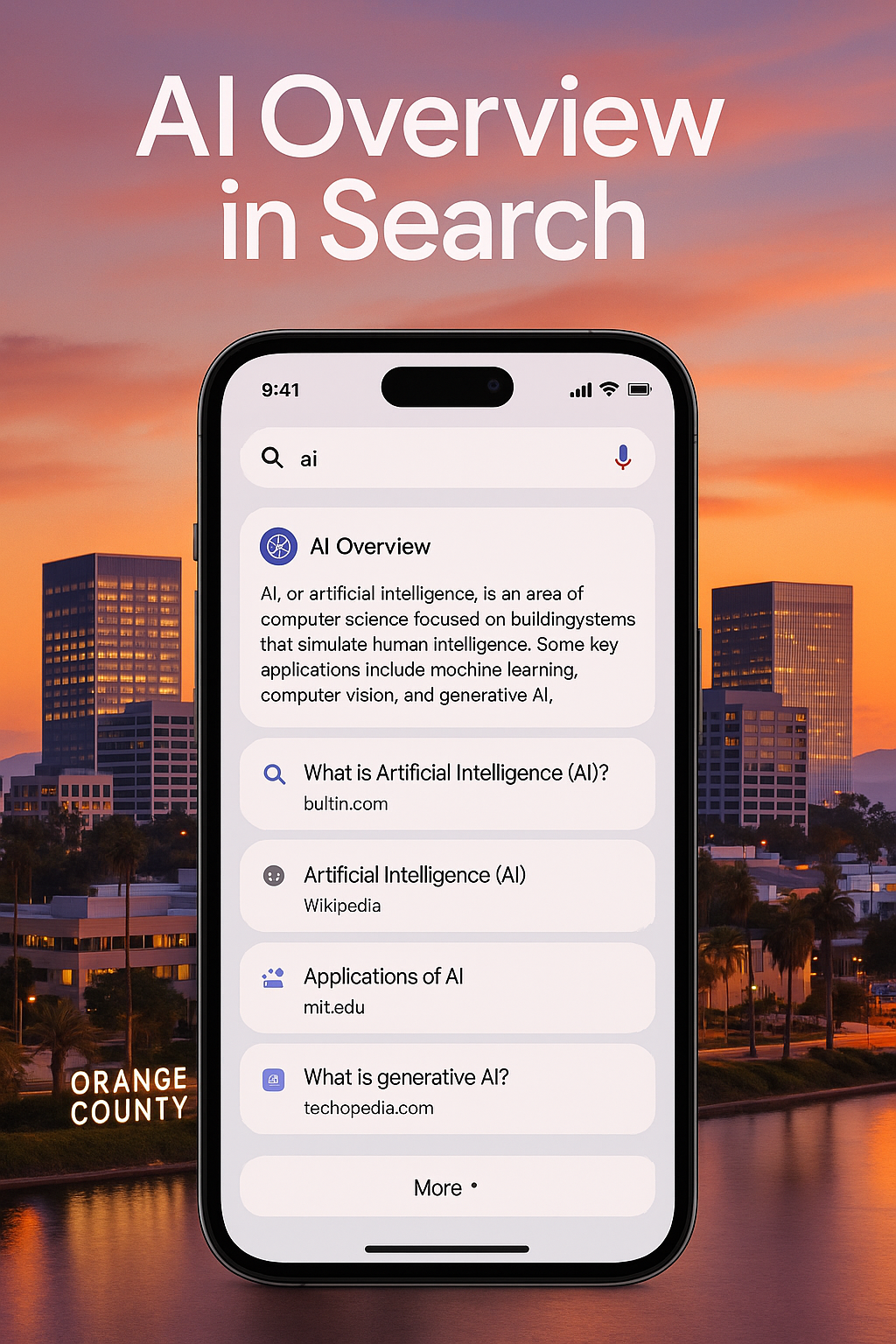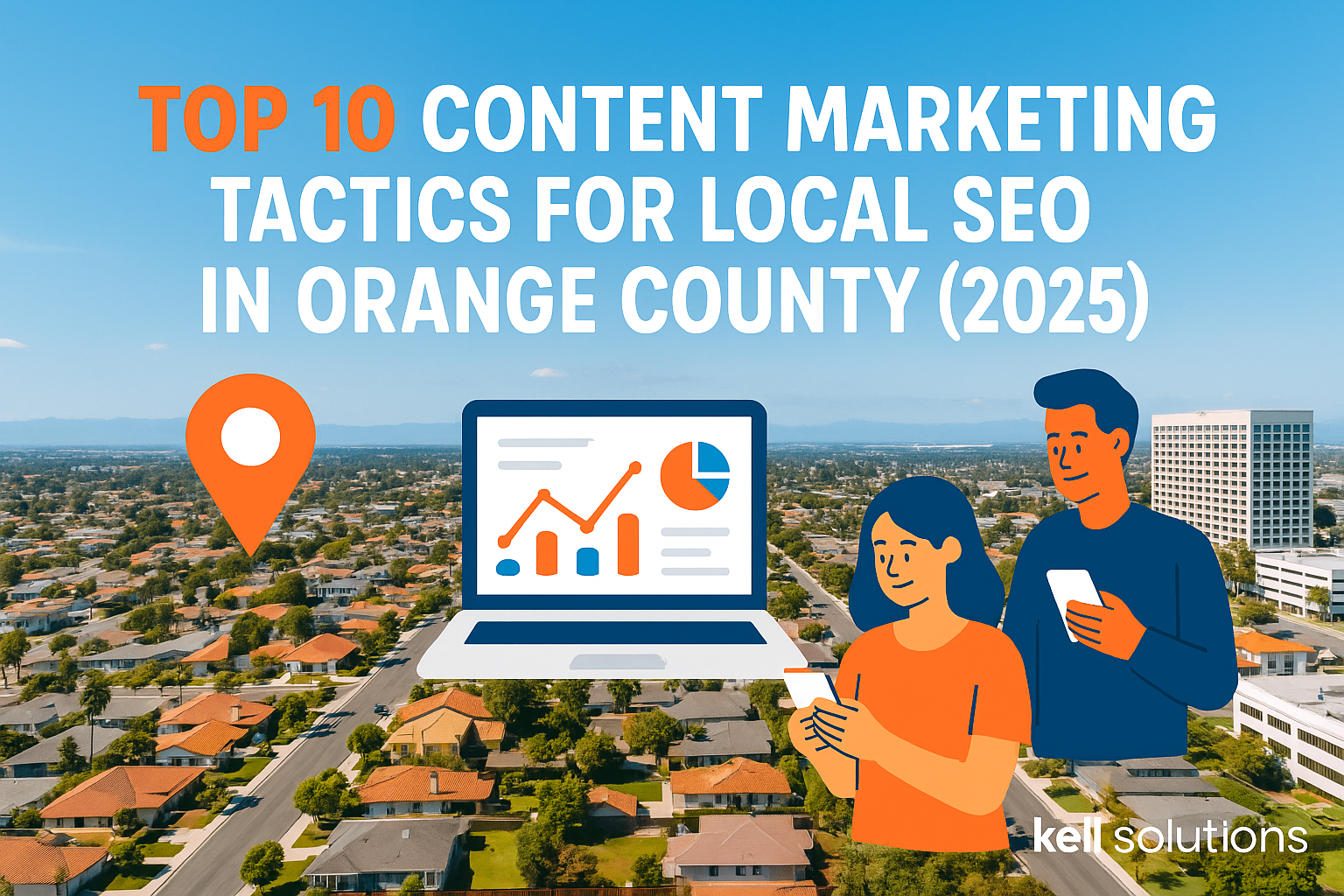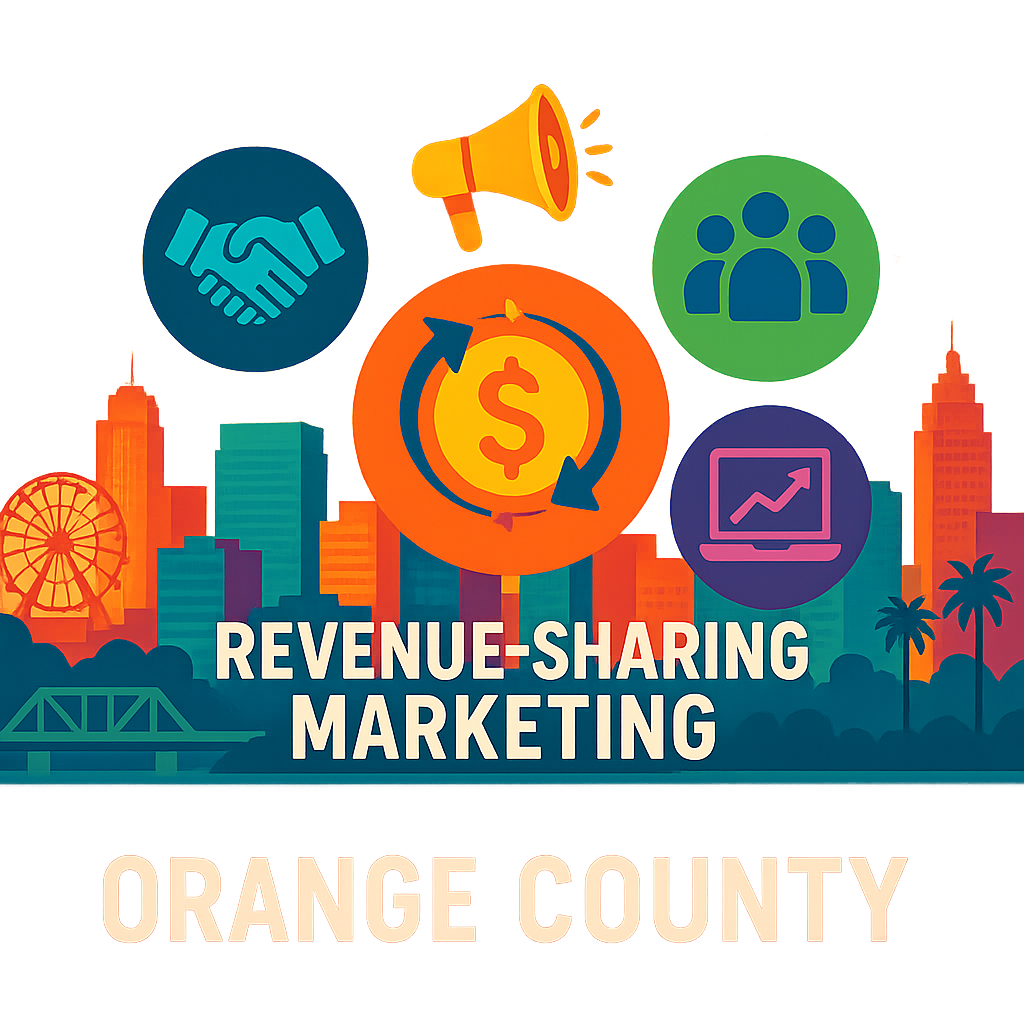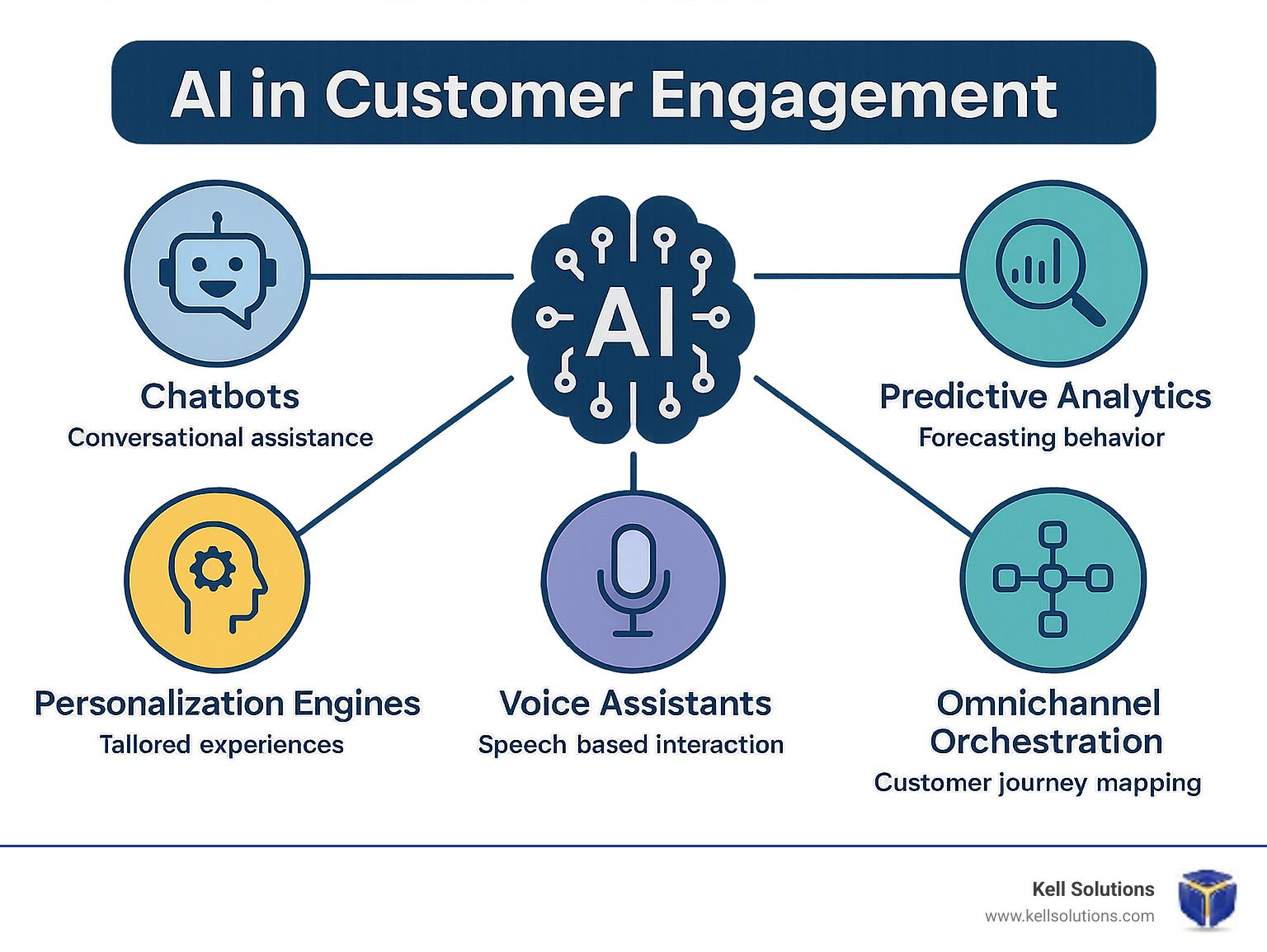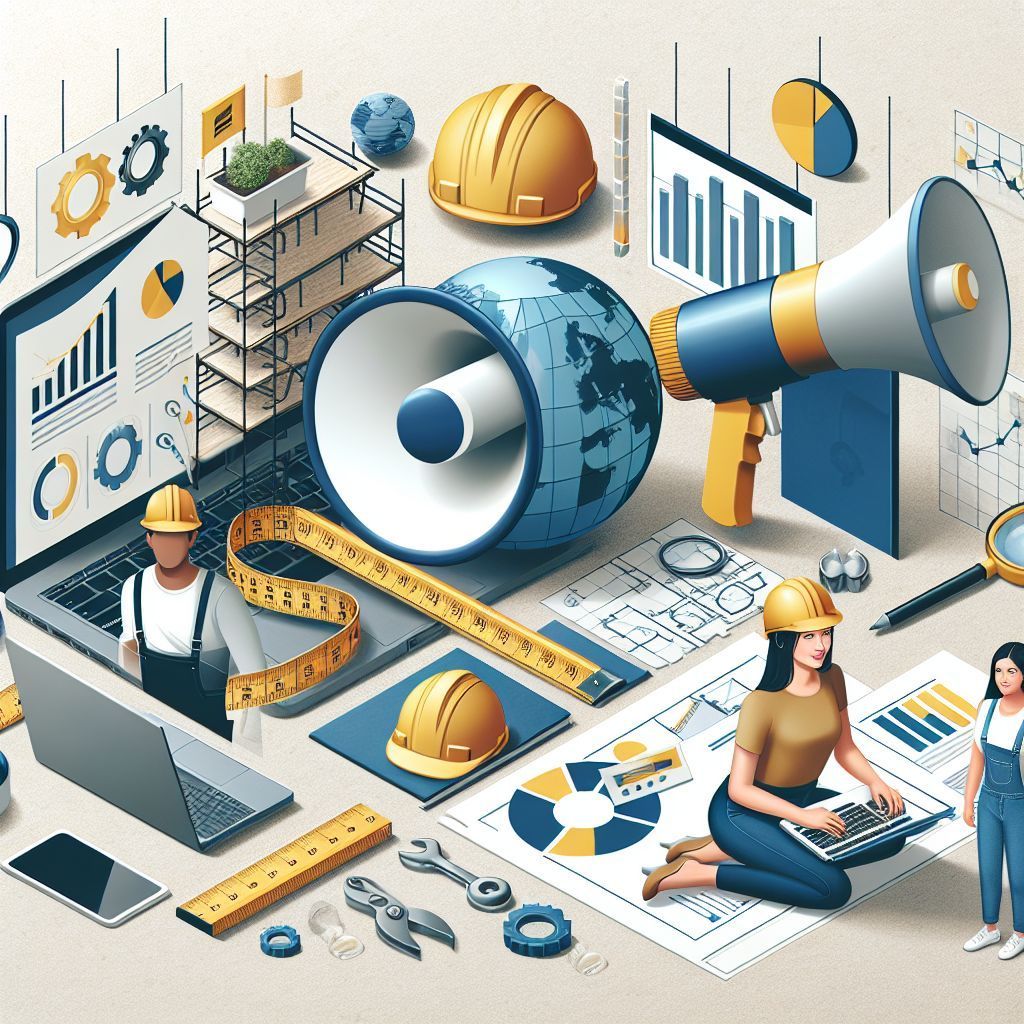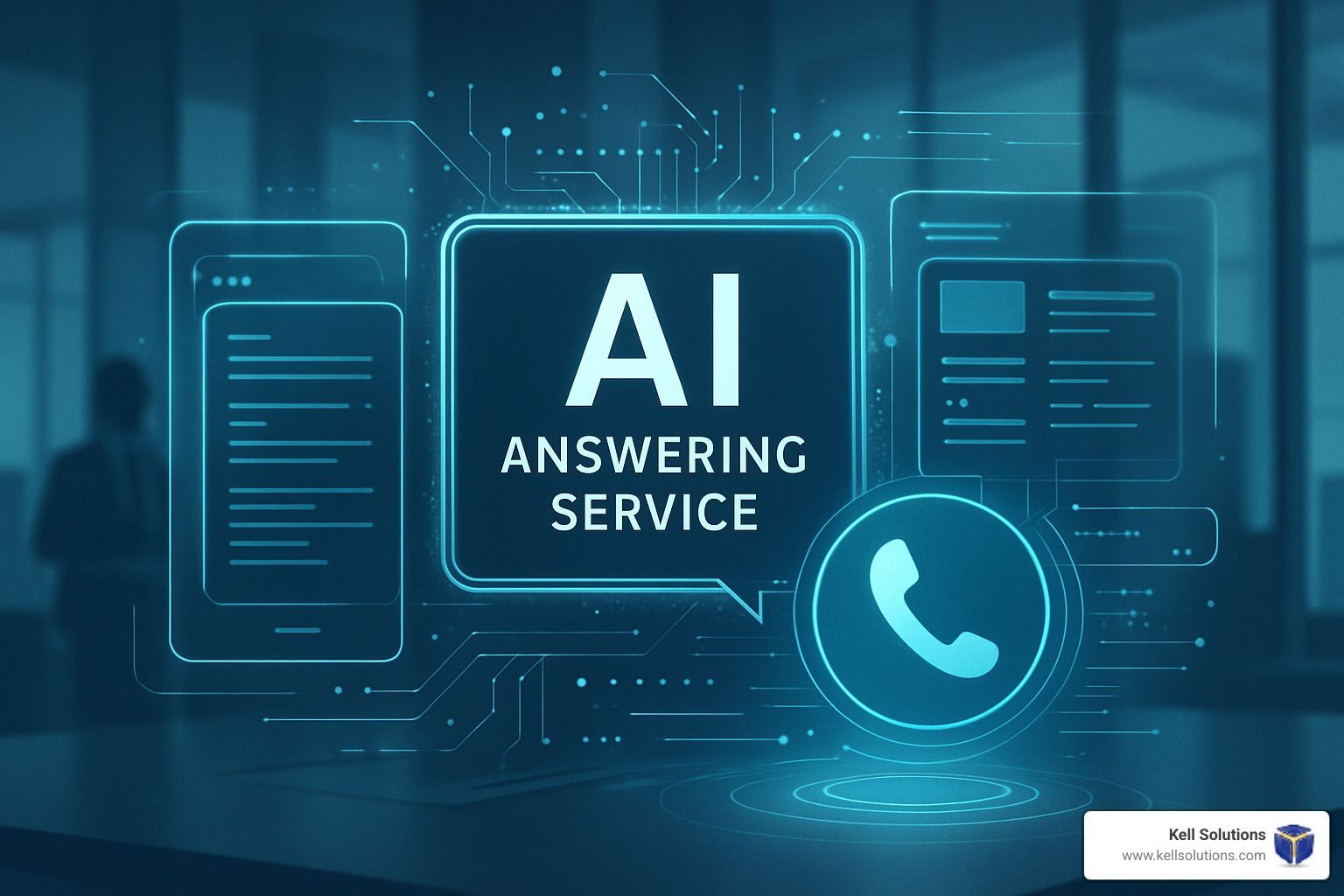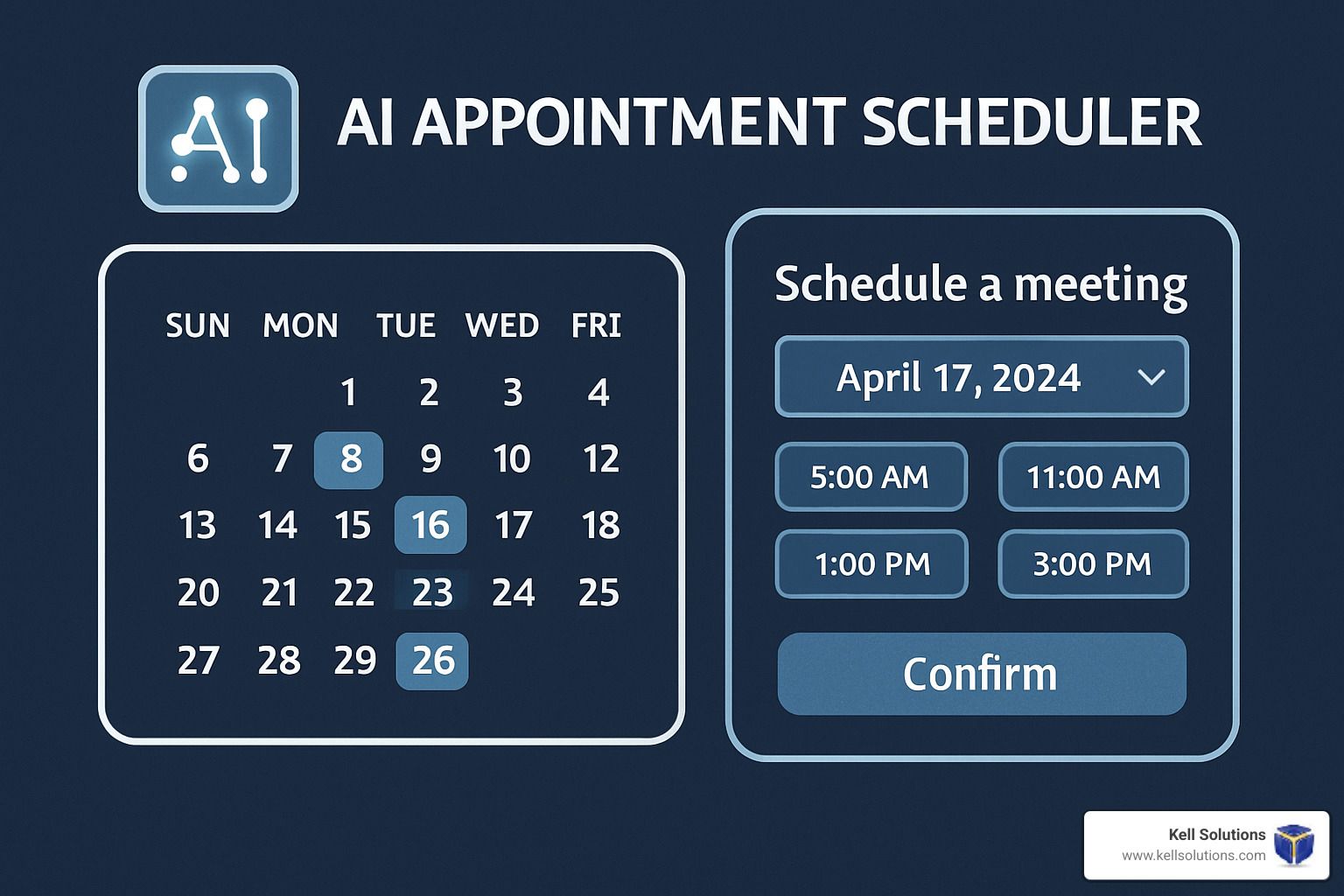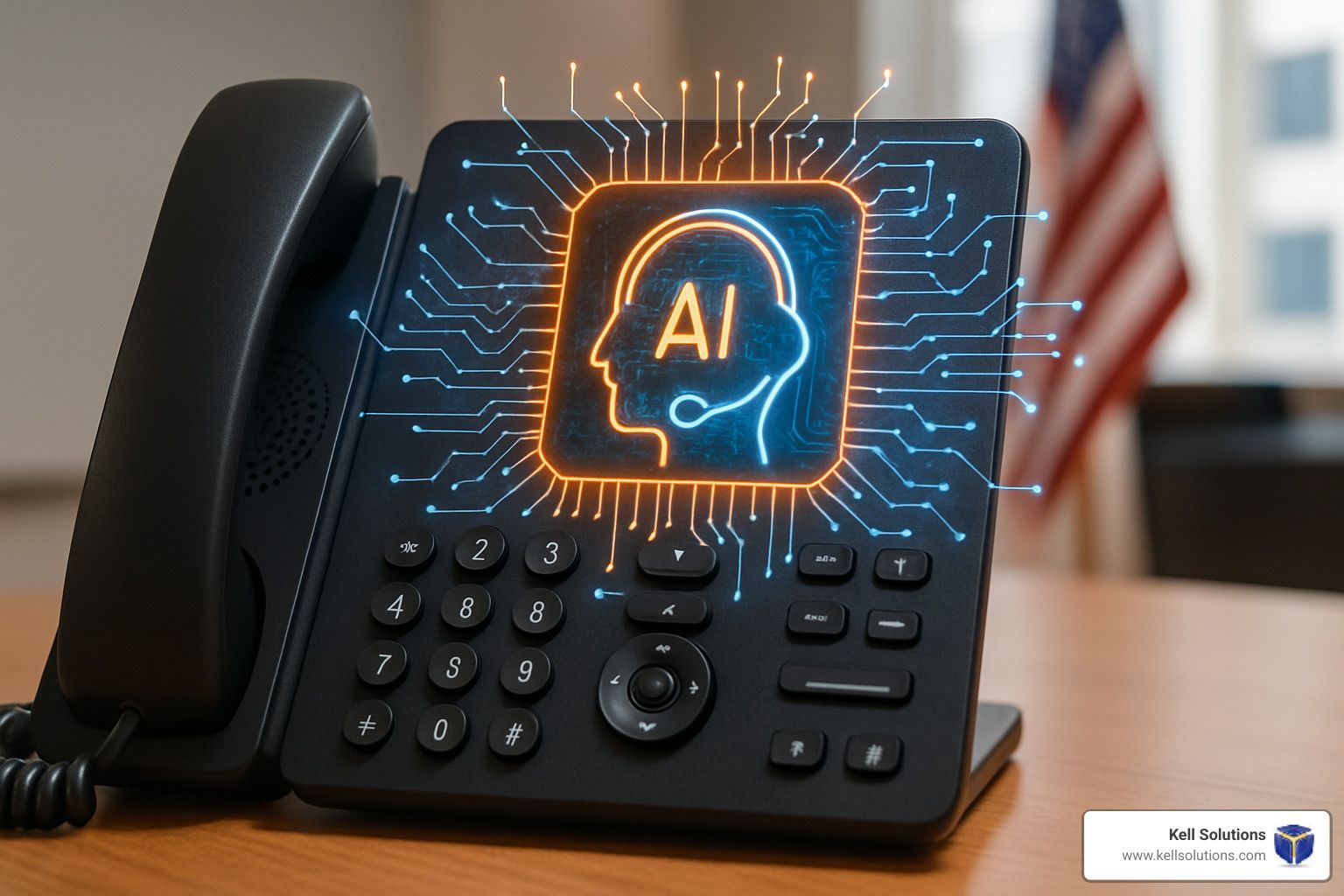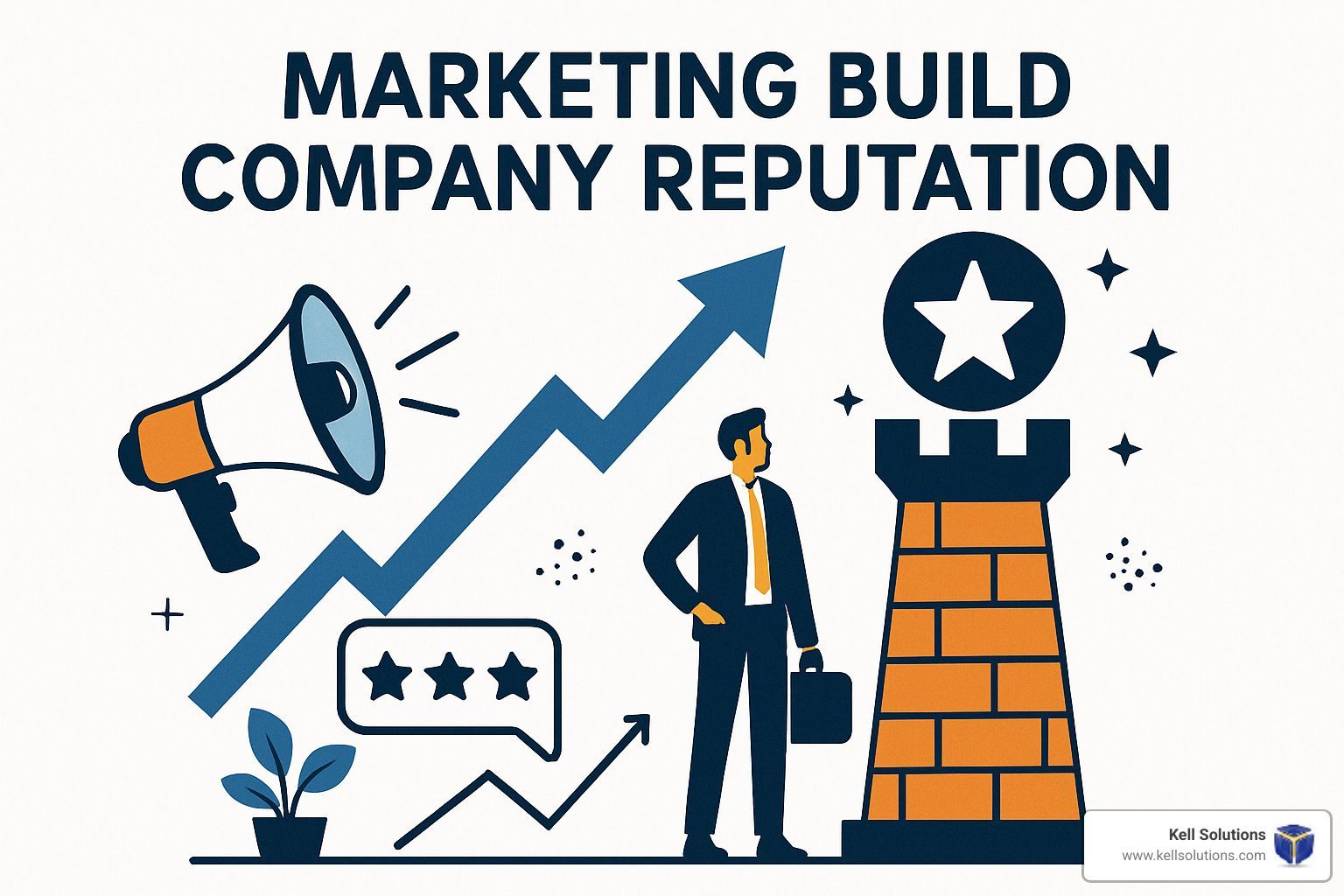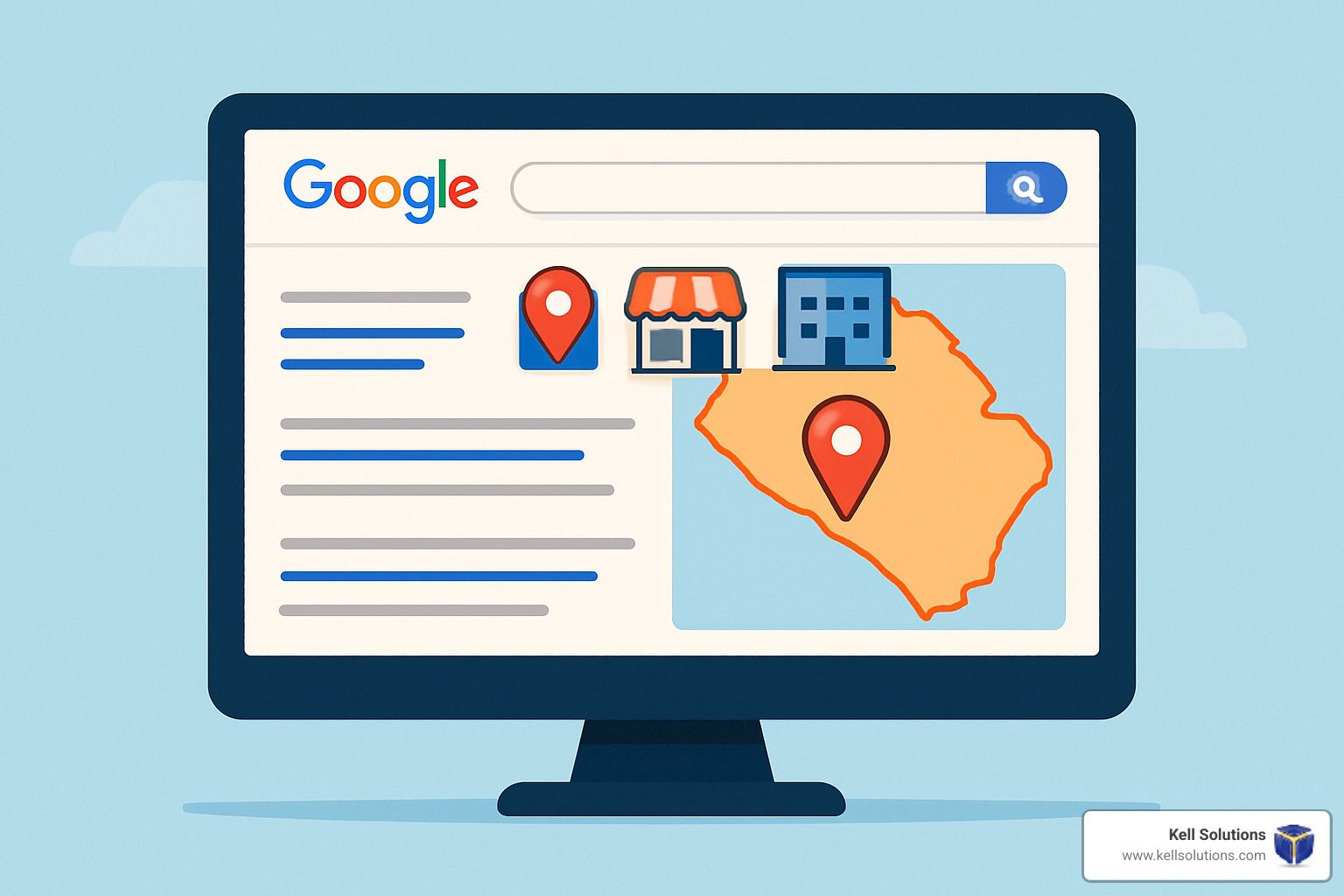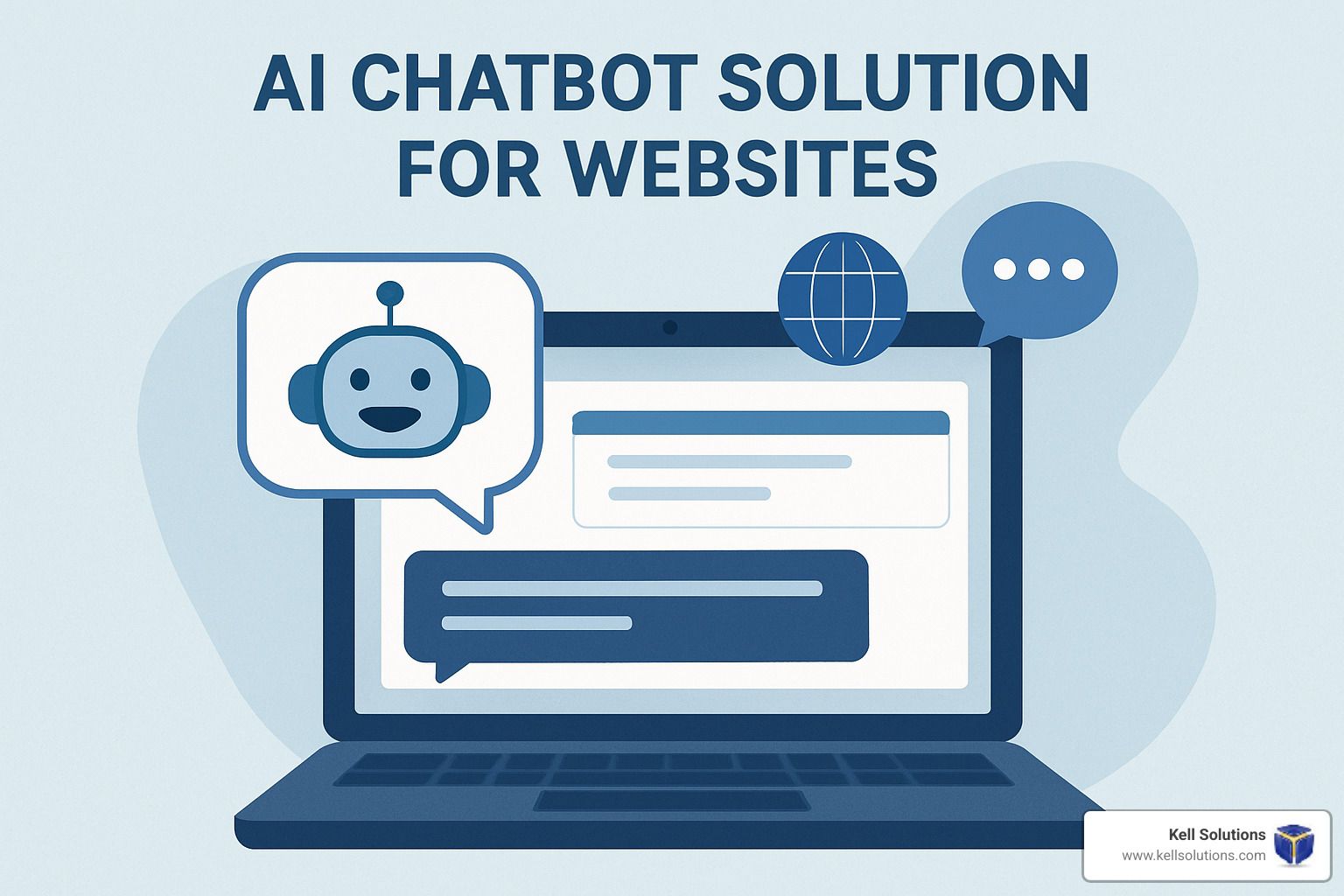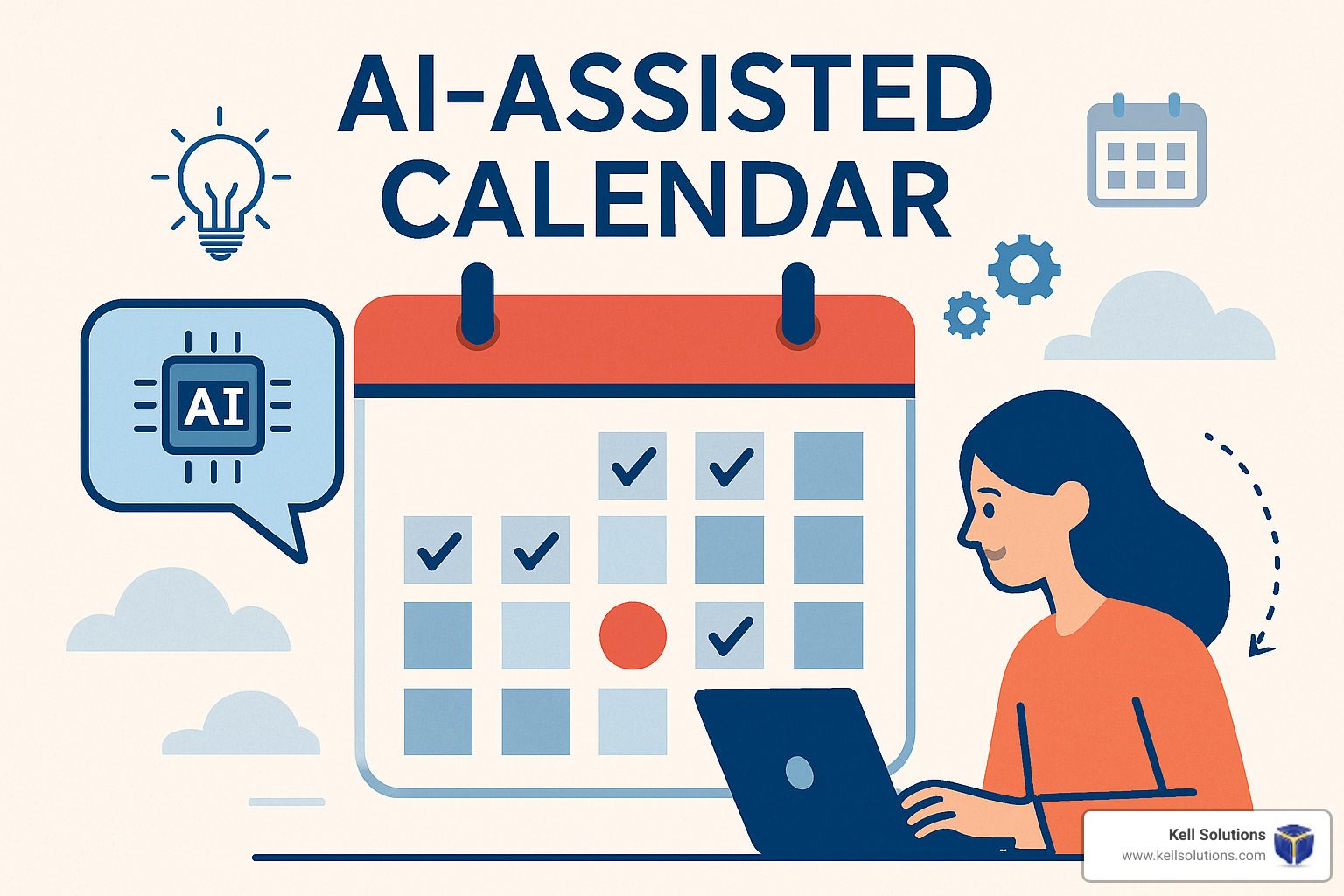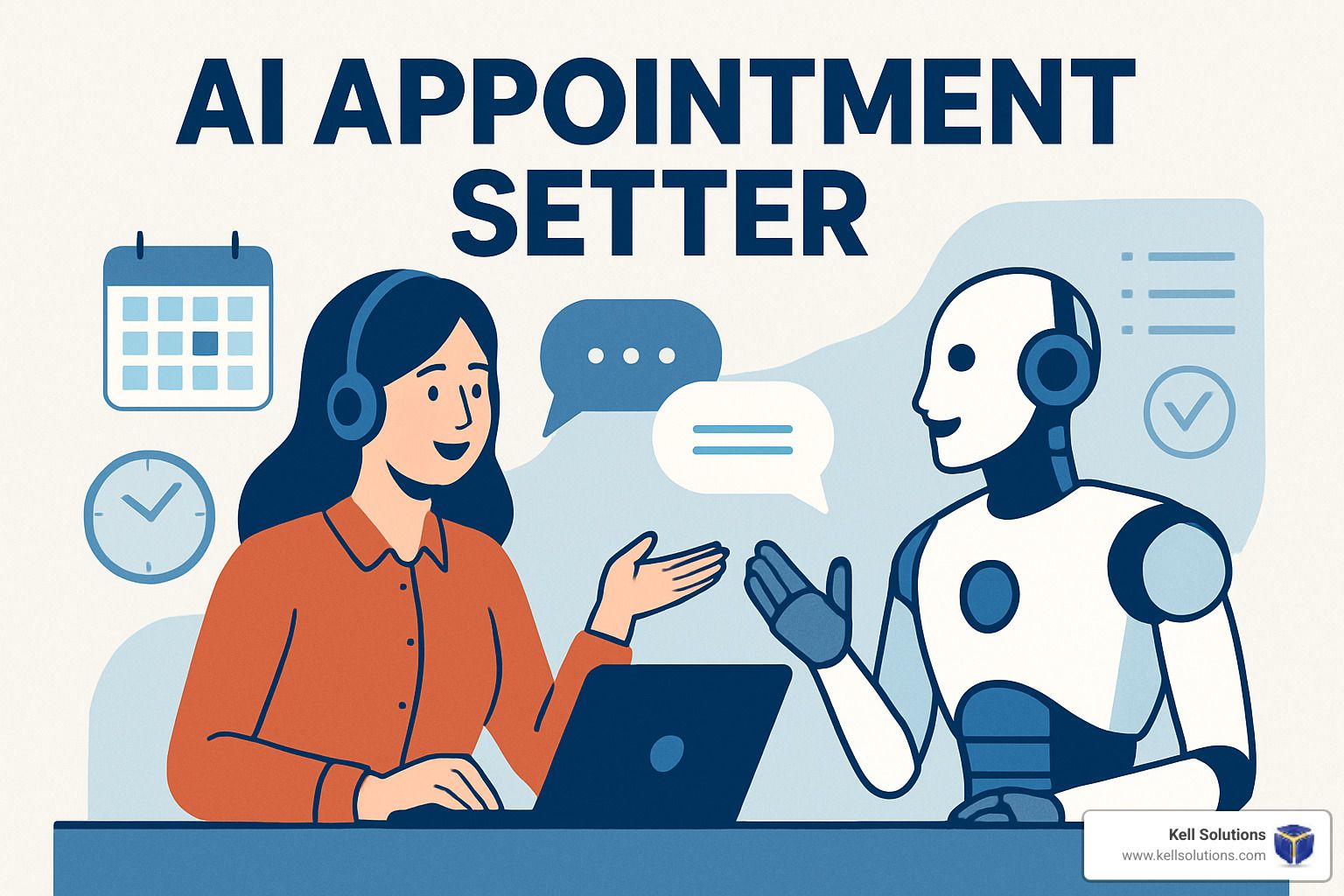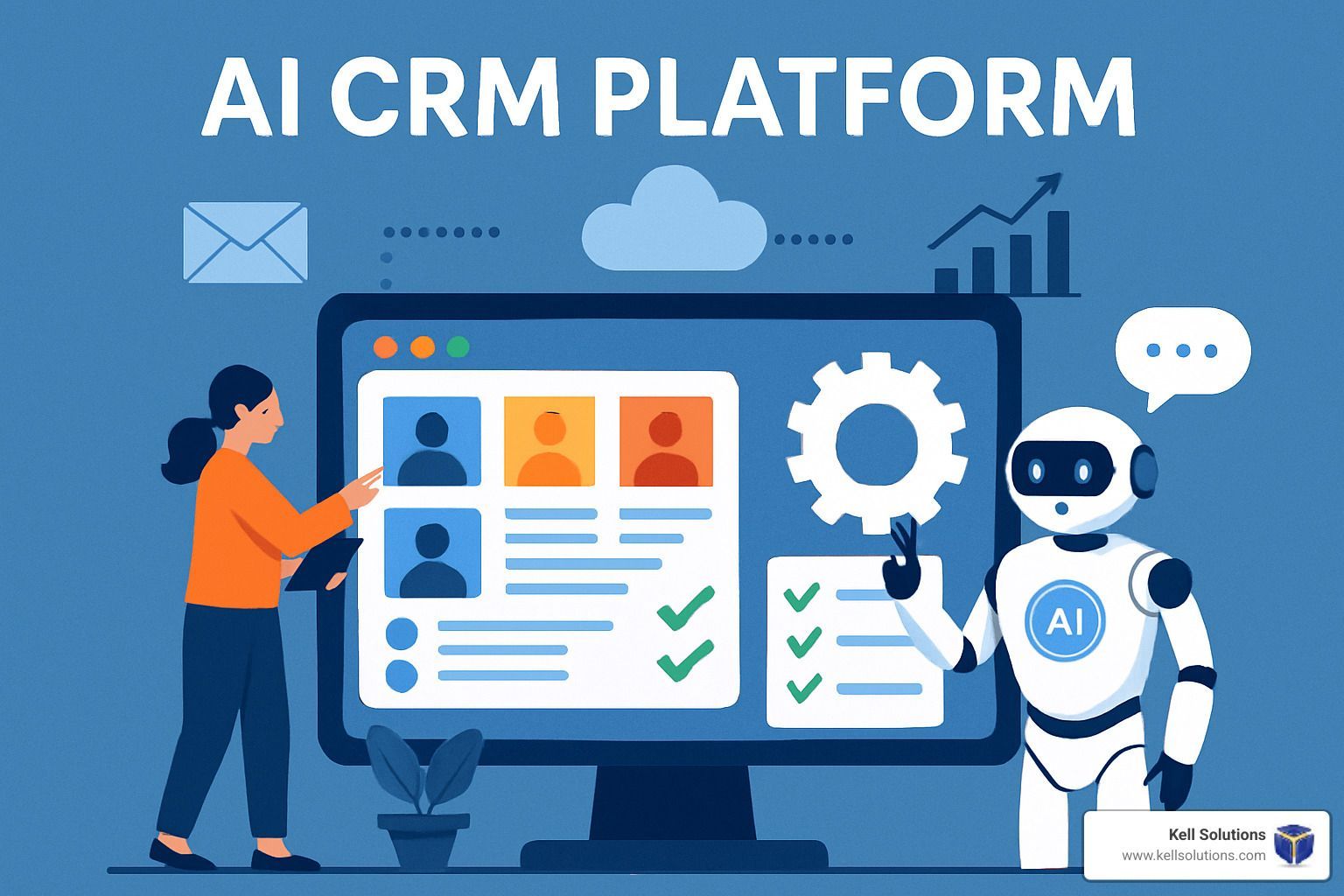Orange County Businesses: AI for Customer Engagement That Turns Every Interaction into Loyalty & Revenue
Why AI for Customer Engagement Is Revolutionizing How Orange County Businesses Connect with Customers
AI for customer engagement Orange County is redefining how local companies interact with their audiences through intelligent automation, hyper-personalization, and 24/7 availability.
Key Applications:
- Chatbots & Virtual Assistants – handle routine inquiries instantly
- Voice AI – answer calls and book appointments automatically
- Predictive Analytics – anticipate customer needs before they ask
- Sentiment Analysis – detect emotions in real time
- Hyper-Personalization – deliver custom experiences at scale
Core Benefits:
- 24/7 Availability – never miss a customer inquiry again
- Cost Reduction – up to 30 % savings on operational expenses
- Higher Satisfaction – 15-20 % boost through AI-driven personalization
- Instant Response – 44-second averages vs. hours for humans
Today, 90 % of customer interactions are managed by AI tools, and 84 % of CX pros say AI is critical for meeting expectations. The question for Orange County firms isn’t whether to adopt AI – it’s how quickly.
I’m Gregg Kell, founder of Kell Web Solutions in Laguna Beach. I created VoiceGenie AI so local companies can deploy proven AI for customer engagement in weeks, not months.
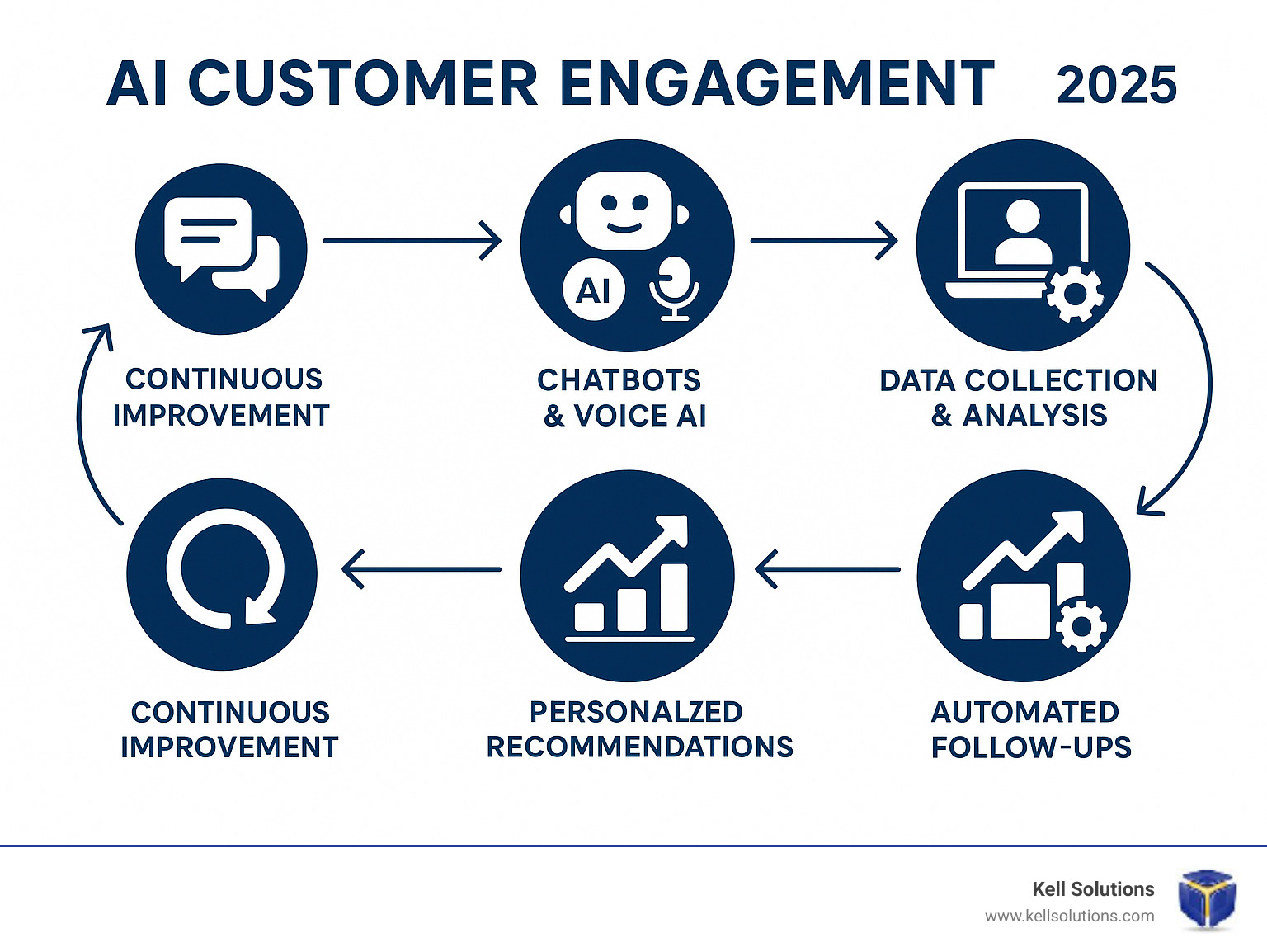
What Is AI for Customer Engagement?
AI for customer engagement combines machine learning, NLP, and large language models so every call, chat, email, or DM is recognized and answered in context – whether the customer is in Irvine at noon or texting from Newport Beach at 2 a.m.
More on AI in Customer Engagement
| Manual Engagement | AI-Powered Engagement |
|---|---|
| Business-hours only | 24/7 coverage |
| One conversation at a time | Unlimited concurrent interactions |
| Human memory limits | Perfect recall of all history |
| Response: minutes-hours | Response: seconds |
| Language barriers | 50 + languages |
| Reactive support | Proactive engagement |
| Higher costs | ~30 % cost savings |
| Inconsistent quality | Consistent, branded replies |
Why AI Matters in Modern CX
61 % of consumers want 24/7 service, and companies using AI personalization see 15-20 % jumps in CSAT while cutting costs ~30 % – results no OC business can ignore.
Hyper-Personalization & Predictive Interactions
Our clients boost conversions 35 % by letting AI predict needs, send “next-best offers,” and flag churn risks weeks early.
Implementation Roadmap & Pitfalls
Start with a data-cleanup sprint, integrate with your CRM via open APIs, then roll out in phases(FAQ → scheduling → sales). Never launch without real-world testing and a human fallback.
Frequently Asked Questions
1 · How fast will we see ROI?
Most OC firms break even in 3-6 months thanks to automation savings and higher lead capture.
2 · Does AI replace my team?
No – it handles repetitive tasks so staff focus on complex, high-value conversations.
3 · What data do we need?
Clean contact lists, interaction history, FAQs, and product docs. Start small and expand.
4 · Is customer data secure?
VoiceGenie AI is SOC 2 & HIPAA ready, with end-to-end encryption and role-based access.
5 · Can AI support multiple languages?
Yes – 50 + languages out of the box; the system auto-detects and responds in the caller’s language.
6 · Can it answer phone calls, too?
Absolutely. Integrated Voice AI books appointments, routes emergencies, and logs transcripts to your CRM.
7 · What does it cost?
Plans start at ≈$299 / month; no setup fees for most OC clients. Full pricing at VoiceGenie AI Pricing .
8 · How does it stay compliant?
Built-in GDPR tools, consent prompts, audit logs, and optional HIPAA configuration keep you covered.
9 · Will it integrate with my systems?
Yes – native connectors for HubSpot, Salesforce, Zoho, ServiceTitan, and Zapier; custom webhooks available.
10 · How long is setup?
About 2-4 weeks: week 1 data prep; week 2 config & testing; week 3 soft-launch; week 4 optimization.
Conclusion
AI for customer engagement Orange County delivers 24/7 service, 30 % lower costs, and double-digit CSAT gains. Ready to see it live? Book a free VoiceGenie AI demo and turn every interaction into revenue.
📚 About Gregg Kell – Laguna Beach-based strategist helping OC firms grow with AI since 1999.
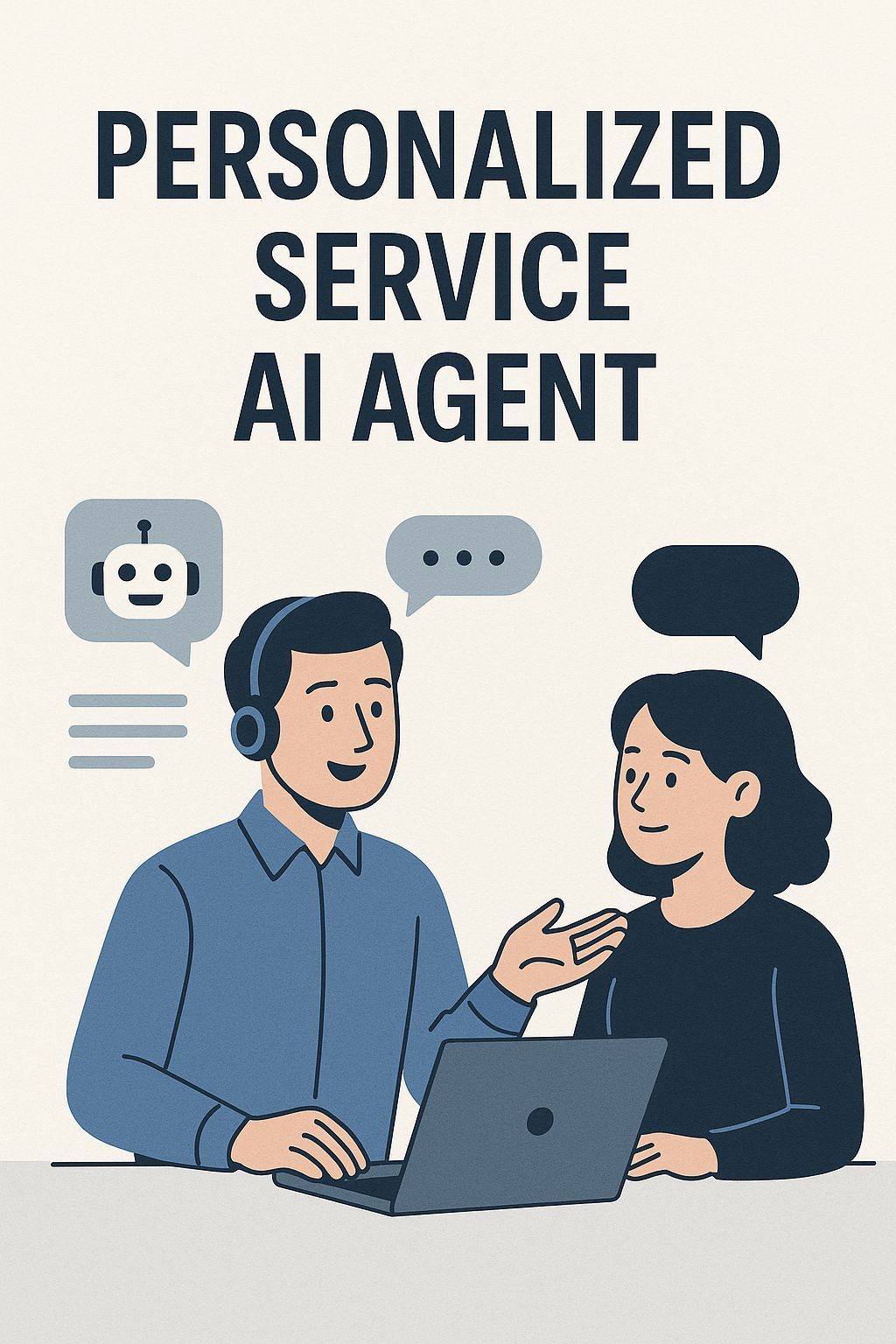

Orange County HVAC Google AI Overview Domination: 7 Proven Strategies to Capture Featured AI Results






